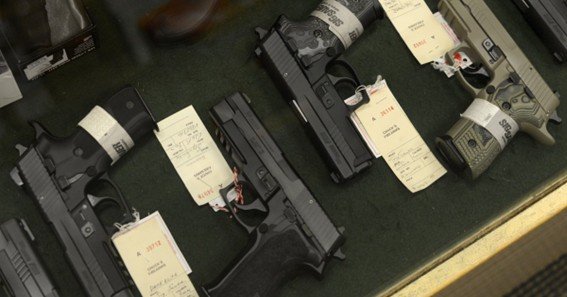When looking to compare guns, it’s crucial to consider various factors that influence performance, suitability, and personal preference. This guide delves into the key aspects to evaluate, ensuring you make an informed decision tailored to your requirements.
Types of Firearms
Firearms are broadly categorized into:
- Handguns: Compact and suitable for personal defense. They include revolvers and semi-automatic pistols.
- Rifles: Designed for precision and long-range shooting, ideal for hunting and sport.
- Shotguns: Effective for short-range targets, commonly used in hunting and home defense.
Caliber and Ammunition
The caliber denotes the internal diameter of the gun’s barrel and thus the diameter of the bullet. Selecting the appropriate caliber affects stopping power, recoil, and ammunition availability. Common calibers include:
- .22 LR: Low recoil, suitable for beginners and small game hunting.
- 9mm: Popular for self-defense due to manageable recoil and effectiveness.
- .308 Winchester: Preferred for hunting larger game, offering substantial power.
Ergonomics and Fit
A firearm should feel comfortable and natural in your hands. Considerations include:
- Grip Size and Angle: Ensuring a secure hold.
- Weight and Balance: Affects handling and fatigue during extended use.
- Control Placement: Accessibility of safety, magazine release, and other controls.
Intended Use
Define the primary purpose of the firearm:
- Self-Defense: Prioritize reliability, ease of use, and concealability.
- Hunting: Focus on appropriate caliber and accuracy for the game.
- Sport Shooting: Consider factors like barrel length and sight options for precision.
Safety Features
Modern firearms come with various safety mechanisms:
- Manual Safeties: Allow the user to engage or disengage the firing mechanism.
- Trigger Safeties: Prevent accidental discharge without a deliberate trigger pull.
- Drop Safeties: Ensure the firearm doesn’t discharge if dropped.
Conclusion
When you compare guns, assessing factors like firearm type, caliber, ergonomics, intended use, and safety features is essential. This comprehensive evaluation ensures that you select a firearm that aligns with your needs and preferences.
FAQ
-
What is the difference between a revolver and a semi-automatic pistol?
- A revolver uses a rotating cylinder to hold ammunition, while a semi-automatic pistol uses a magazine and automatically chambers a new round after firing.
-
How does barrel length affect firearm performance?
- Longer barrels can improve accuracy and increase bullet velocity, but may reduce maneuverability.
-
What should I consider when choosing a firearm for home defense?
- Consider ease of use, stopping power, over-penetration risks, and storage safety.
-
Are there legal restrictions on certain types of firearms?
- Yes, firearm laws vary by jurisdiction, so it’s important to consult local regulations before purchasing.
-
How can I ensure proper firearm maintenance?
- Regular cleaning, proper lubrication, and routine inspections are essential for maintaining firearm performance and safety.










